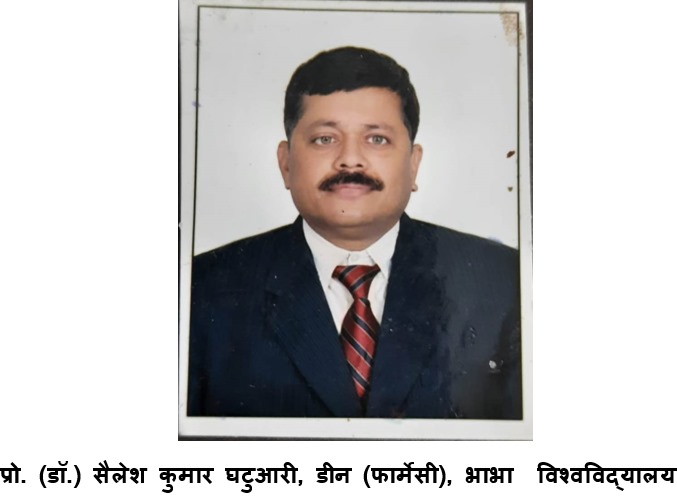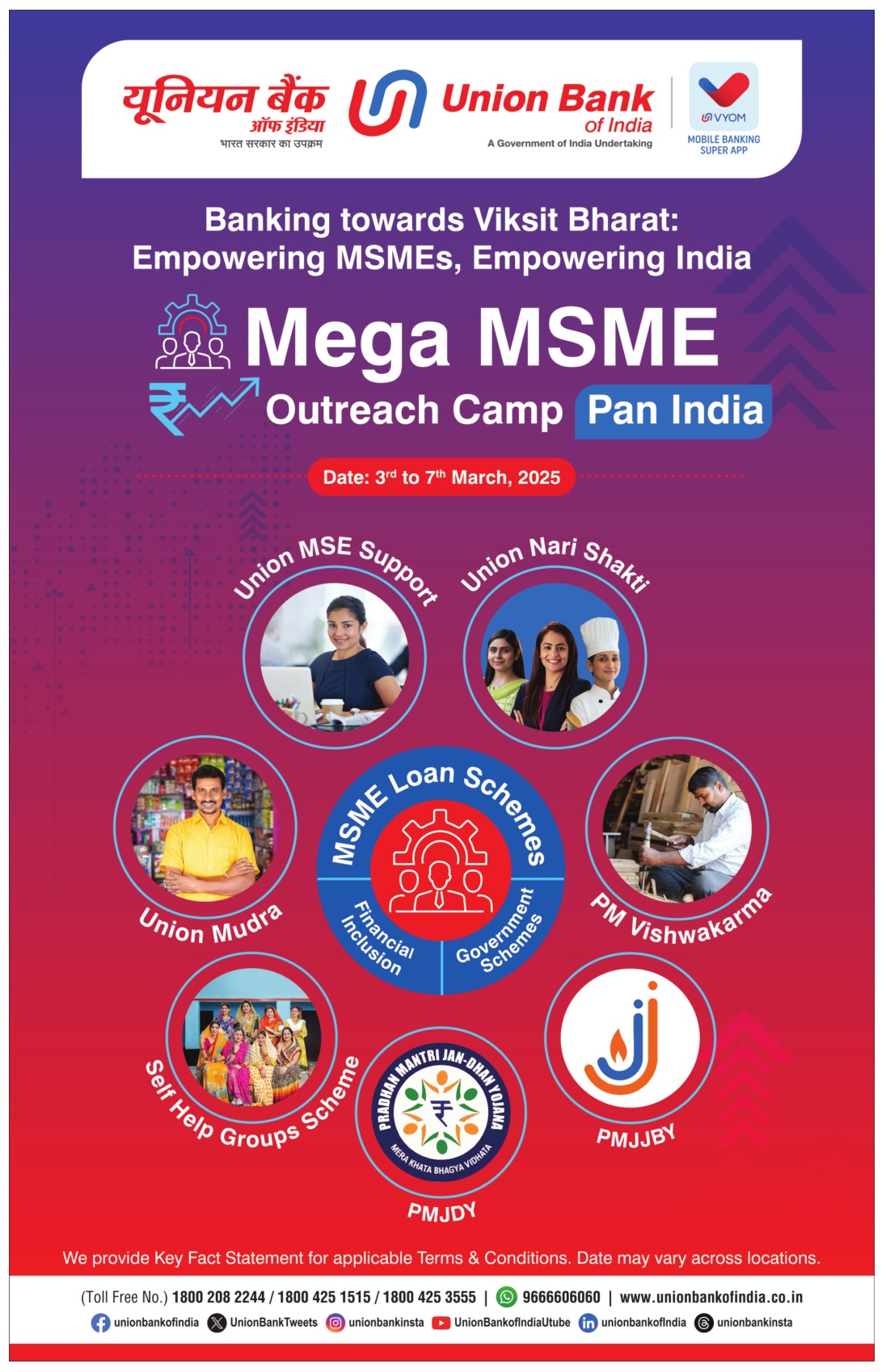CNN Central News & Network–ITDC India Epress/ITDC News Bhopal: Prof. Sailesh Kumar Ghatuari is a distinguished academician and researcher with 26 years of experience in pharmacy education and healthcare. He is currently serving as the Dean of the Faculty of Pharmacy at Bhava University, Bhopal. He has held senior positions in various institutions in India and abroad, including the 7th October University in Libya and the College of Health Sciences in Eritrea. Dr. Ghatuari has received multiple national and international awards, holds several patents, and has been recognized in the India Book of Records for his contributions to environmental conservation during COVID-19.
Introduction
The debate over generic vs. branded medicines in India is intensifying as healthcare costs rise and the need for affordable treatment grows. Generic medicines are as effective and safe as branded drugs, yet they are often overlooked due to aggressive marketing strategies and financial incentives given to doctors. This article explores the differences between these two types of medicines, the unethical practice of commission-based prescriptions, and how patients can make informed choices.
What are Generic and Branded Medicines?
Branded Medicines:
Developed and marketed by pharmaceutical companies under a specific brand name (e.g., Crocin for Paracetamol or Volini for pain relief gel).
Expensive due to high R&D, marketing, and patent costs.
Generic Medicines:
Identical copies of branded drugs with the same active ingredients, dosage, and effectiveness. Sold under chemical names or alternative brands.
80-90% cheaper as they have lower R&D and marketing expenses.
Example: Generic Paracetamol instead of Crocin.
Key Differences Between Generic and Branded Medicines
Aspect Generic Medicines Branded Medicines
Cost 80-90% cheaper Expensive
Active Ingredients Same as branded Same, but patented formulation
Inactive Ingredients May vary slightly Standardized formula
Packaging Simple and less attractive Premium branding
Brand Identity Low High
Regulatory Approval Approved by CDSCO Approved by CDSCO
Pros and Cons of Generic and Branded Medicines
✅ Benefits of Generic Medicines:
✔ Affordable and accessible to the masses.
✔ As effective as branded drugs.
✔ Promoted by government initiatives like Jan Aushadhi Kendras.
✔ Rigorously tested for safety and efficacy.
❌ Limitations of Generic Medicines:
✘ Perceived as inferior due to lack of branding.
✘ Minor differences in taste or texture due to inactive ingredients.
✘ Limited availability in rural areas.
✅ Benefits of Branded Medicines:
✔ Reliable due to established brands.
✔ Consistent quality and packaging.
✔ Higher investment in doctor and patient education.
❌ Drawbacks of Branded Medicines:
✘ Extremely costly due to R&D and marketing expenses.
✘ Unnecessarily prescribed despite cheaper generic alternatives.
Why Do Doctors Prescribe Expensive Branded Medicines?
Pharma Companies’ Strategies:
Offer high commissions to doctors for prescribing branded drugs, including:
✔ Direct cash payments per prescription.
✔ Free medicine samples, later sold at MRP.
✔ Gifts, sponsored seminars, and international trips.
Doctors’ Role:
Many private practitioners rely on these commissions as a significant income source.
Prioritize profit over patient welfare by prescribing costly branded drugs.
Impact on Patients:
Patients bear the burden of high medicine costs.
Those with chronic illnesses like diabetes and hypertension suffer the most.
How to Curb the Commission Culture?
Strict Government Regulations:
Implement laws like the Physician Payments Sunshine Act (USA) to ensure transparency in pharma-doctor transactions.
Awareness Campaigns:
Educate patients about generic alternatives and their rights.
Train doctors in ethical medical practices.
Promoting Jan Aushadhi Kendras:
Expand India’s Jan Aushadhi stores, providing high-quality generic medicines at 50-90% lower prices.
Ethical Medical Practices:
Doctors should prioritize patients’ well-being over commissions.
Real-Life Comparison: Generic vs. Branded Medicines
Fever Treatment:
Crocin (₹20/10 tablets) vs. Generic Paracetamol (₹5/10 tablets)
Savings: ₹15 per strip
Hypertension Treatment:
Amlong (₹50/10 tablets) vs. Generic Amlodipine (₹10/10 tablets)
Savings: ₹40 per strip
Conclusion
Generic medicines are a lifeline for millions of Indians, offering the same therapeutic benefits as branded drugs at a fraction of the cost. However, commission-based practices and lack of awareness keep patients trapped in expensive treatments. By ensuring transparency, strict regulations, and ethical prescribing, India can make healthcare more affordable and accessible for all.
#GenericMedicine #BrandedDrugs #HealthcareIndia #AffordableMedicines #PharmaIndustry







